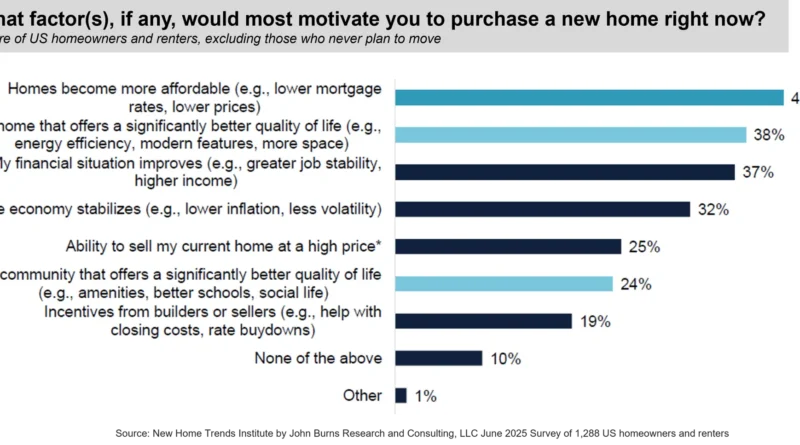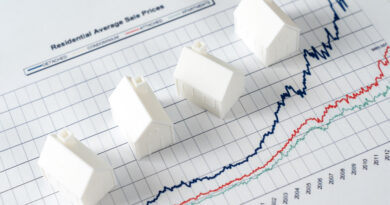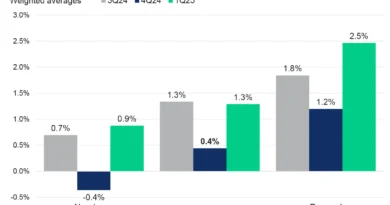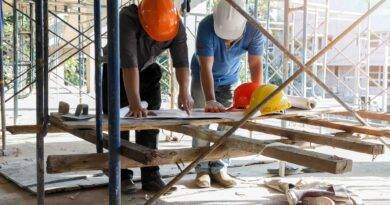The future of factory-built housing
Factory-built housing is emerging as a key solution to the nation’s housing affordability crisis. As mortgage rates and home prices continue to strain buyers’ budgets, builders have turned to smaller floor plans, lower specifications and rate buy-downs to keep homes within reach—but these efforts only go so far. Factory-built homes offer a more transformative alternative by delivering quality housing more efficiently and affordably. Produced in controlled environments, these homes can be built faster and at lower costs, helping offset the rising expenses that have made new construction increasingly unattainable for many Americans. Surveys show that improving affordability would motivate nearly 40% of prospective buyers to enter the market, underscoring the need for innovative construction methods that can scale quickly.
Traditional site-built construction simply can’t keep pace with demand or shield builders from unpredictable costs. On average, it takes about 121 days to complete a new home, and ongoing volatility in labor and materials continues to inflate expenses. With immigration declines tightening the labor pool and recent lumber mill closures threatening to push material prices higher, builders are seeking alternatives that offer stability and speed. Factory-built housing provides that resilience—reducing dependency on scarce labor, minimizing waste and enabling consistent production even in uncertain market conditions. This approach represents a smarter way forward, balancing efficiency and affordability while helping restore access to homeownership.




